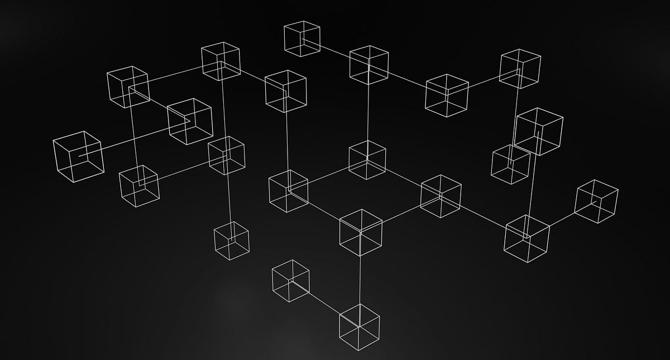Medium
1d
64

Image Credit: Medium
Building Intelligent Agents with Dynamic DAGs: A Modular Approach to AI Design
- A DAG (Directed Acyclic Graph) is a data structure that represents a set of nodes and the relationships between them through directed edges.
- DAGs are fundamental in multiple domains due to their ability to represent data flows, tasks, or dependencies without ambiguity.
- In deep learning model training, the computational graph has two main phases.
- Google Maps uses DAGs (Directed Acyclic Graphs) to solve optimal routing and navigation problems.
- Dijkstra’s algorithm is used to find the shortest path from a source node to all other nodes in a weighted graph, provided the edge weights are non-negative.
- DAGs are well-suited for Dijkstra’s algorithm because their acyclic nature eliminates the risk of infinite loops.
- A* combines two functions.
- Probabilistic inference can be performed using algorithms such as.
- From a design perspective, DAGs can be parallelized similarly to how neural networks operate.
- Leveraging dynamic DAGs in agent building offers a robust, modular framework for orchestrating complex AI systems.
Read Full Article
3 Likes
For uninterrupted reading, download the app